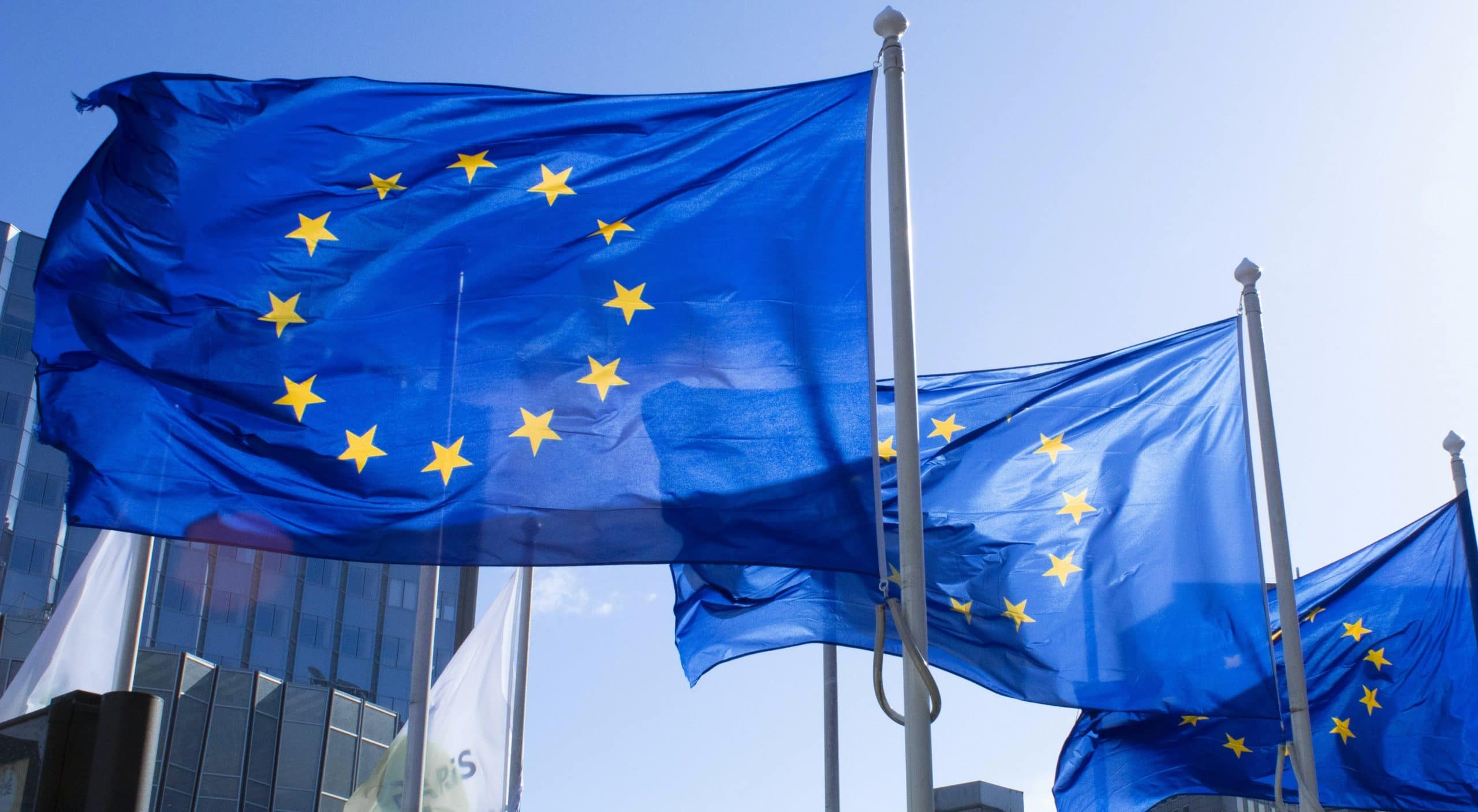
EU ups the tempo
Anyone familiar with the glacial pace at which the IMO can cajole and persuade its member states to agree to new regulation, particularly of the green variety, will gaze in slack-jawed amazement at the speed and single-mindedness of the similar process within the European Union.
For anyone who trades with the EU by ship, the impact of the 13 initiatives collectively known as the Fit for 55 tabled in July will be profound and by IMO standards, rapid. Observers believe the importance and complexity of these proposals mean it could take up to two years before they are confirmed, but don’t forget it took 10 years to agree the revision of Marpol Annex VI that resulted in IMO2020.
Of the proposals affecting maritime, Fuel EU Maritime is arguably the most important as it sets mandatory GHG reduction targets for vessel owners towards 2050, which will be difficult to achieve without switching towards more sustainable energy sources.
Though it does not mandate the use of specific fuels sourced from a specific feedstock, it does apply CO2 equivalence rather than just a level of emissions and includes what is called a ‘pooling mechanism’ which means owners can apply climate progress of one vessel to an entire fleet, creating important benefits for overachievers.
Perhaps more concerning for owners, the Energy Taxation Directive (ETD) essentially seeks to shift the taxation base of fuels from volume to energy content. This means that fuels like HFO, which have high energy density, are taxed higher than those that have less – such as methanol.
This represents an important development for the EU energy mix, because it goes a long way to changing the price levels between conventional marine fuels and alternative fuels. The treatment of taxation in the EU means the ETD requires ‘unanimity’ in the European Council and the text is expected to be changed or amended – or even not passed if opposition is strong.
Best known among the package, the Commission proposes to extend the Emissions Trading System to maritime transport. This will essentially set a price on carbon with the aim of incentivizing vessel owners to transition towards more sustainable fuels and push fuel suppliers to provide access to those fuels.
At present, the ETS proposes to measure emissions on a tank-to-wake basis and not consider GHGs other than CO2. The EU also intends to apply the ETS to 50% of extra-EU voyages, which vessel owners think is likely to spur carbon leakage. On a wider scale, even those who disagree with the policy tend to think that the application of a global fuel levy at IMO level is the preferred approach; applying a regional ETS could have the effect of further slowing such developments.
Finally, the revision of the Renewable Energy Directive greatly increases the EU’s climate ambition with much higher targets for contribution of renewables in overall energy consumption (by up to 40%) and a transport target of 13% GHG reduction (which represents a contribution of renewables of 26%).
These targets are EU wide and binding, but are based on voluntary contributions so that the Member States decide how to attain them. Most critically for the fuel supply industry, the Regulation mandates the deployment of infrastructure in ports and inland waterways that enables access to alternative fuels. The EU has come under fire for appearing to promote the use of LNG while not making direct mention of other alternative fuels and failing to acknowledge LNG’s issues with methane slip and methane’s far more damaging effect on the atmosphere than carbon – at least 80 times worse.
So while the MEPC meets again in attempt to inch progress forward and some of the world’s leaders prepare to converge on Glasgow, the EU has demonstrated what a lower carbon economy might look like. And how hard it will be to achieve.
Photo by ALEXANDRE LALLEMAND on Unsplash



